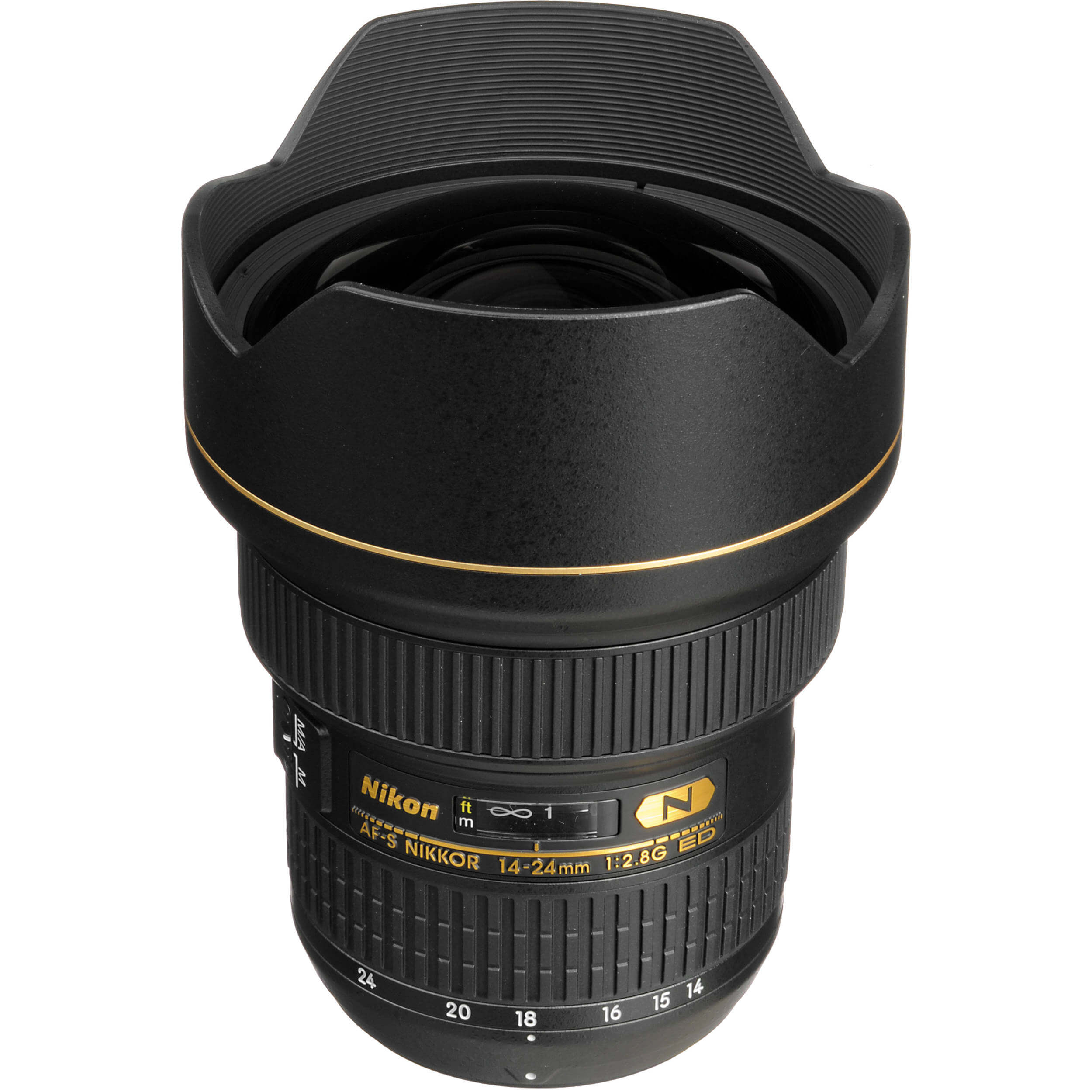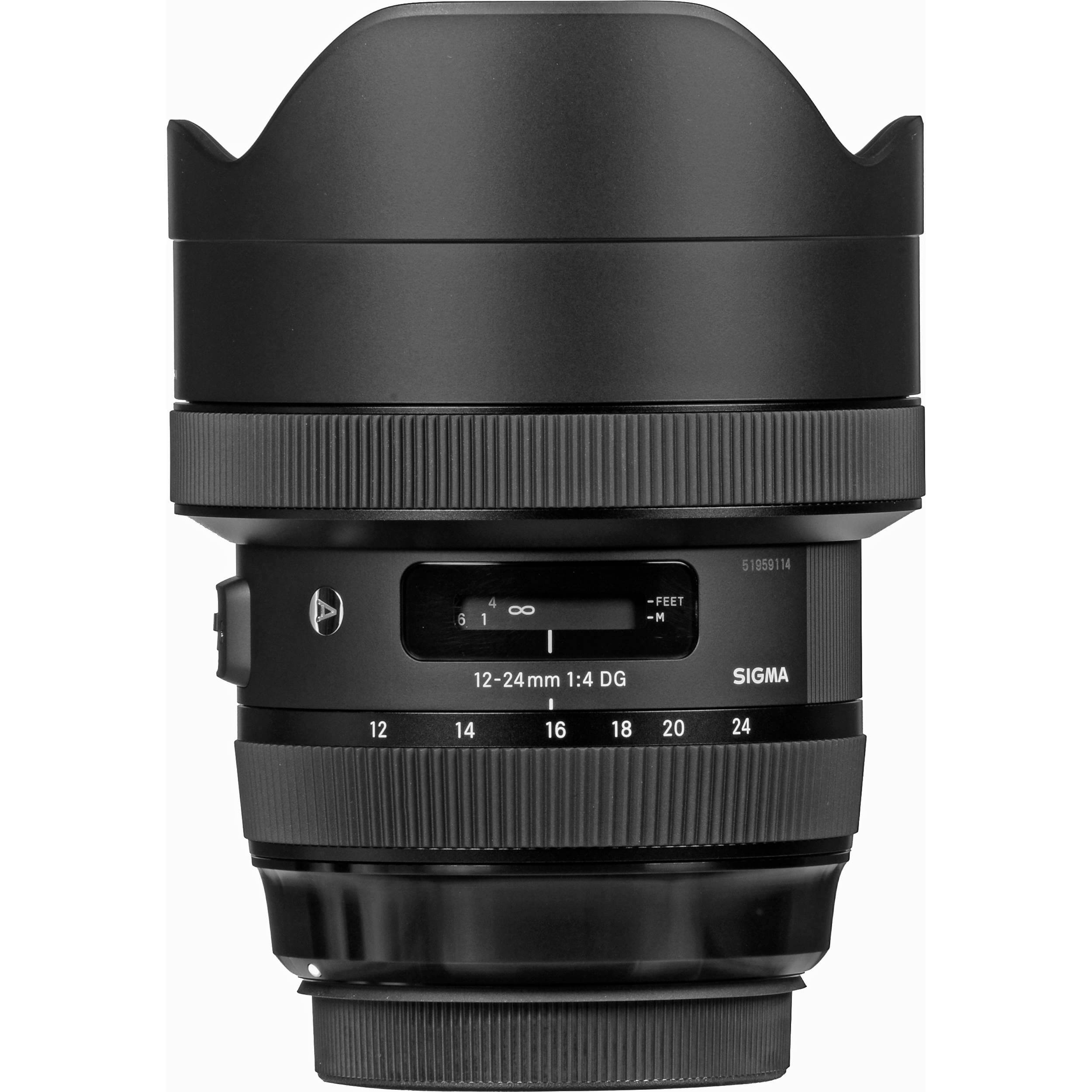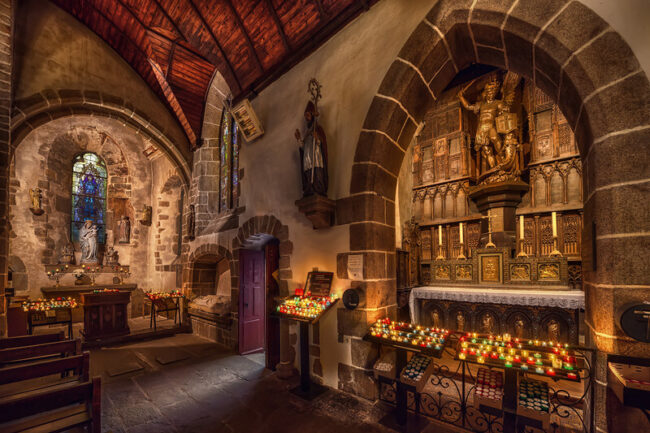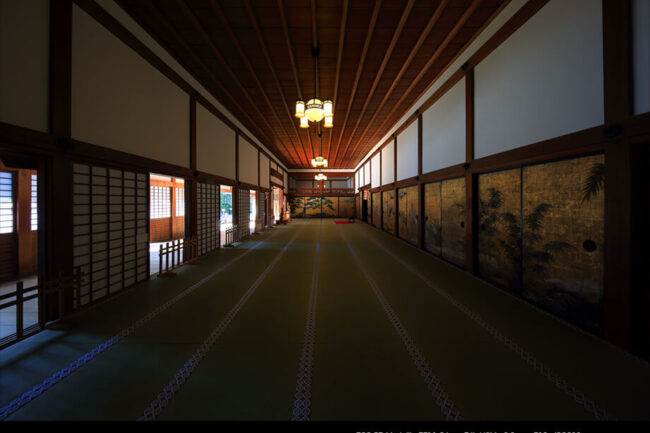The best lenses for real estate photography are those that capture a room or exterior space in the best light to entice buyers. Long gone are the days when real estate listing photos weren’t crucial. Many people buy homes without ever seeing them in person. With this in mind, the listing pictures might entice them to look deeper or provide them with confidence in their purchase. A wide-angle lens is required to create such images. You can use a wide-angle lens to show a property’s layout and key features in relation to other areas of the house. A wide-angle focal length allows you to show almost the entire room, including small rooms such as bathrooms.
When it comes to real estate photography, many professionals prefer the lenses they use over other equipment such as cameras, tripods, and lighting. Some of the most significant characteristics include low-light performance, focal length, distortion level, and optical stabilization. If you are thinking about becoming a real estate photographer, it is crucial to know which equipment is best for you. Below are our highest lens recommendation to use for your real estate shoots.
Different Factors to Consider in Real Estate Photography
A wide-angle lens is crucial
The most critical aspect of a lens for real estate photography is a wide-angle focal length. You should use a lens with enough range to photograph most of a room, but not so wide that distortion becomes an issue. Wide-angle zooms allow you to take photos of entire rooms even when space is limited. You can capture a variety of rooms without having to change lenses every time. A fisheye lens must not be used because the distortion is not correctable and does not give potential buyers a good impression of the house. Instead, a lens with a focal length of between 12 and 16 mm will photograph enough without creating too much distortion.
Crop factor
A “crop factor” in real estate photography is used to describe the proportion between a camera’s sensor and a traditional 35mm (full-frame) camera. Knowing this helps photographers compare images taken with digital cameras to those taken with traditional 35mm cameras. With crop sensor cameras, the focal range will not be the same as it would be on a full-frame camera. For example, on a Canon APS-C camera such as the 90D, the crop factor is 1.6x.
As a result, a 16-35mm lens on your Canon D500 will be equivalent to a 25.6-56mm lens. Since 25mm is not wide enough for most real estate needs, you will need a more extreme wide-angle lens if you have a crop sensor camera. Since a crop sensor camera has a crop sensor, the image will appear more zoomed-out than it would with those focal lengths on a full-frame camera. You just need to ensure that the lens you are considering is compatible with full-frame cameras.
Zoom or prime lens
The second thing to consider is if you would like a zoom or prime lens. Prime lenses will have one fixed focal length, whereas zoom lenses provide a range of focal lengths. Generally speaking, prime lenses will be cheaper than zoom lenses, and they can also be sharper. However, prime lenses don’t have as much versatility as zooms since you are stuck with one focal length. If sharpness is your primary goal, and you are okay using your feet as your zoom or packing a few different lenses for a shoot, then a prime lens or two will likely be a good fit. However, if you don’t want to be switching lenses and want more flexibility, a zoom option will be best.
Chromatic aberration and distortion
The amount of chromatic aberration and distortion present in a lens can give you an idea of its quality. All wide-angle lenses have some distortion (barrel distortion) and chromatic aberration, which can be easily removed. A lens of high quality should have these things. It can be corrected in-camera or with Adobe Photoshop lens profiles. With cheaper lenses, there is often more distortion and more mustache distortion, as well as barrel distortion. It is very difficult to correct mustache distortion, which combines pincushion and barrel distortion in one image. In some cases, it cannot be corrected without specialized software. The amount of chromatic aberration in a cheap lens cannot be fully corrected. So for quality, professional-level real estate images, stay away from excessively cheap lenses or lens brands that aren’t very common.
Here Are The Best Lenses for Your Real Estate Photography
1. AF-S NIKKOR 14–24mm f/2.8G ED
The Nikon 14-24mm is the finest real estate lens for Nikon DSLRs, offering little distortion, excellent sharpness, and excellent color and contrast.
Features
- Weight: 2.2 pounds
- Filter size: N/A
- Maximum aperture: f/2.8
- Lens mount: Nikon F
The good
- Exceptional sharpness
- Minimal lens distortion
- Fast autofocus
- Wide maximum aperture for good low light performance
The bad
- Not compatible with standard filters
Despite being an older lens (produced in 2007), the Nikkor 14-24mm is still one of the sharpest ultra-wide-angle lenses available. Due to its optical design, the distortion and chromatic aberration are minimal and easy to correct automatically. Because it is a rectilinear lens, distortion and chromatic aberration are also low. It contains three aspherical elements and two extra-low dispersion elements to minimize distortion and chromatic aberration. To reduce flare and ghosting when shooting in direct sunlight or with certain types of ceiling lights, the lens contains a Nano Crystal Coating.
Even when set to its widest aperture of f/2.8, the Nikon 14-24mm is impressively sharp. Because this lens’s wide aperture doesn’t come into play much for real estate photography—you want a smaller aperture for that—it is a bit more versatile. Because the front element protrudes quite a bit, you can’t use traditional filters, and it is likely to strike things, the lens hood is a helpful addition.
quotes from professional real estate photographers
Travis Mark (Website/ Instagram)
“I love shooting interiors with my Canon 24mm tilt-shift. It’s a real workhorse and is sharp as a tack. It’s a wide lens, but not obnoxiously so, and let’s me capture a space realistically. The ability to shift the lens to avoid vents in a ceiling or some distracting element on a floor is just icing on the cake.”
Matt Mansueto: (Website | Instagram)
“I have shot real estate for over a decade. I’ve worked with many 3rd-party branded lenses, and had a lot of success with them. That said, several years ago, I photographed the home of a prominent hand-surgeon. He was present at the time of our shoot. He looked at my gear, told me he was a hobbyist, and proceeded to present a kit that was top of the line. It totally blew mine out of the water. This shook my confidence, so I purchased the Nikon 14-24mm f/2.8 the next day.
Having the most expensive gear certainly doesn’t improve the photographer or guarantee better images, but it sure does help one’s professionalism/confidence/swagger.”
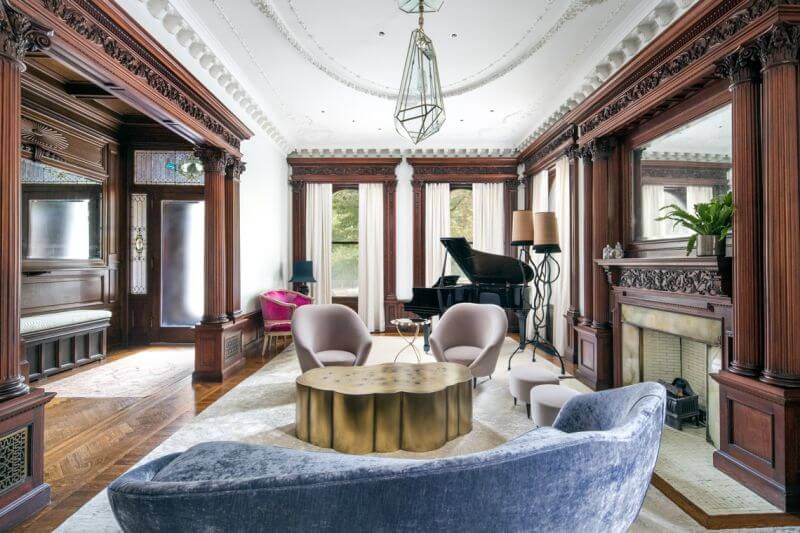

2. Sony FE 12-24mm f/4 G
The 12-24mm f/4 from Sony is the lightest and most compact lens on the list, weighing just 1.24 pounds, making it a great choice for real estate photographers who frequently travel.
Features
- Weight: 1.24 lb
- Filter size: N/A
- Maximum aperture: f/4
- Lens mount: Sony E
The good
- Ultra-wide
- Clean and crisp
- Lightweight
- Excellent AF speed
The bad
- Can’t be used with filters
- High price
The Sony FE 12-24mm f/4 G lens is the highest quality ultra-wide zoom lens available for Sony users. You’ll be amazed at how sharp this lens is. This lens always delivers clean, crisp details with excellent contrast, whether the focus point or the entire picture is involved. When using an ultra-wide-angle lens, you must be careful about the edge of the frame. The Sony FE 12-24mm f/4 G performs well throughout its entire zoom range, despite the fact that the extremes of the focal range tend to be dangerous.
At the wide end, this lens has some stretching and edge distortion, but the detail is fantastic. You get absolute corner-to-corner sharpness at f/8 or f/11, no matter what focal length you use. There is slight barrel distortion at 12mm and pincushion distortion at 16-24mm, and it’s easy to correct. Stop down and you’ll really hit the sweet spot. It is considerably lighter and less bulky than the Sigma 12-24mm f/4 Art lens (4.6 x 3.5 inches versus 5.2 x 4.0 inches), as well as weighing a pound less. If you want portability, the Sony FE 12-24mm f/4 G is the better choice.
3. Sigma 12-24mm f/4 DG HSM Art
The Sigma 12-24mm lens is a great alternative to Canon and Nikon’s lenses, providing an excellent range of focal lengths for real estate photographers.
Feature
- Weight: 2.5 pounds
- Filter size: N/A
- Maximum aperture: f/4
- Lens mount: Nikon F, Canon EF
The good
- Ultra-wide
- Works on Canon and Nikon
- Incredibly sharp
- Silent, fast autofocus
- Very minimal distortion, chromatic aberration, and vignetting
The bad
- Heavy
- Bulbous front element
For those who like to give their clients a few different choices, the Sigma Art 12-24mm is a great option for those who want an ultra-wide-angle lens but don’t want to spend too much. Despite being the heaviest of the four lenses, it should not be a problem for most real estate shoots. With an f/4 maximum aperture, it is wide enough for most real estate photography applications.
The center of the Sigma 12-24mm is sharp, but the corners are soft when the lens is set to f/8 or higher (a common attribute of wide-angles). Chromatic aberration and vignetting are much less prominent in Sigma lenses, which is a big deal for those on a budget. Because of the lower price, it’s even more impressive. Distortion is visible when the lens is zoomed out, but it almost disappears by 16mm. It’s also worth noting that the distortion is easy to correct. For those taking pictures inside, this is a big advantage.
For those using Sony cameras, the f/2.8 version is also a winner. Furthermore, Sigma’s autofocusing technology works splendidly on this lens, and the hypersonic motor (HSM) is quiet, speedy, and accurate even in low light, you’ll be amazed at how sharp this lens is. Images come out crisp and clear, with exceptional edge-to-edge performance. Really, you’ll have to see it to believe it.
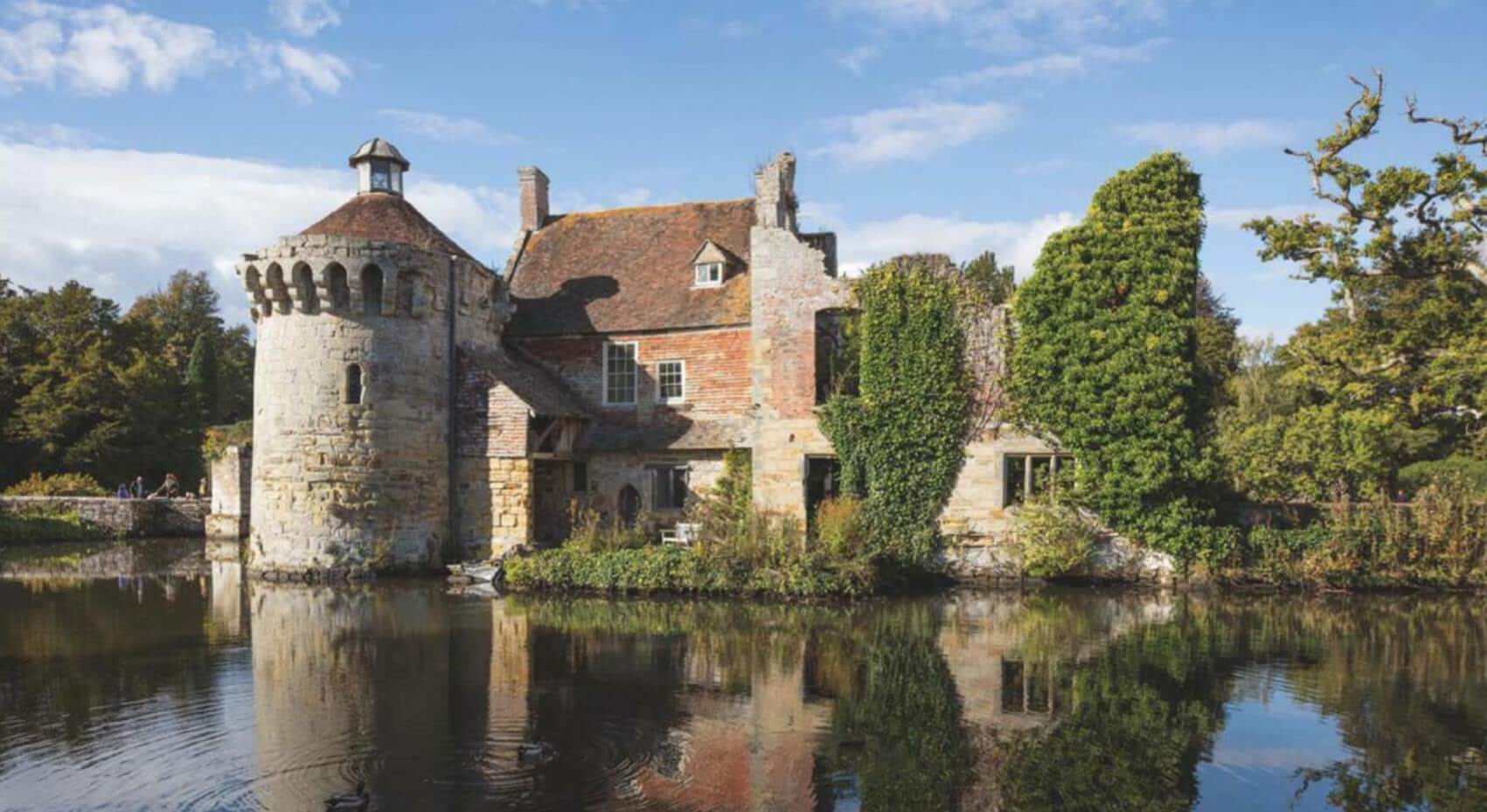
4. Canon EF 11-24mm f/4L USM
Canon’s 11-24mm is the widest full frame lens on the market, and it also happens to be one of the sharpest ultra-wide angles as well.
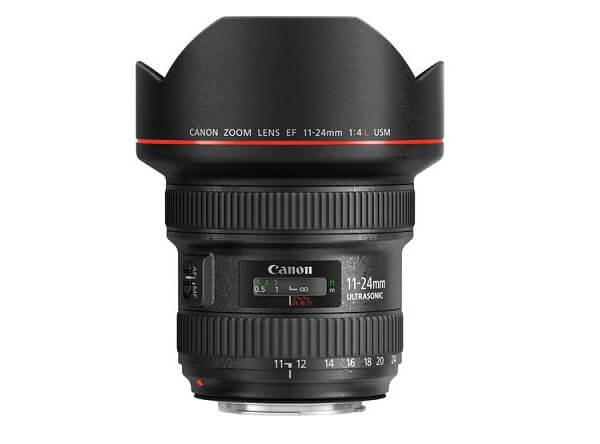
Features
- Weight: 2.6 pounds
- Filter size: Rear insert-type
- Maximum aperture: f/4
- Lens mount: Canon EF
The good
- Razor Sharp
- Edge to Edge Sharpness
- Fast Auto Focusing
- Refined Optical Performance
The bad
- Expensive
- Heavy
The Canon EF 11-24mm f4L USM ultra-wide-angle lens is suitable for full-frame Canon cameras. Although this lens would be sufficient on a crop sensor for real estate photography, its extremely wide focal length makes it suitable for this purpose. It has 16 optical elements that help to minimize distortion, chromatic aberration, and other issues that arise from rectilinear lenses. It is also exceptionally sharp across all edges, which is notoriously difficult to accomplish with an ultra-wide-angle lens. This lens is acclaimed to be the sharpest wide-angle lens available. The f/4 maximum aperture is sufficient for real estate photography, even though it is not as wide as Nikon’s ultra-wide-angle lens.
Weather notwithstanding, you can photograph a home’s exteriors with the 11-24mm lens’s sealed lens body. The weight of this lens is 2.6 pounds, but it’s not as significant in real estate photography. This lens has a bulbous front element, but Canon has made it compatible with rear insert filters. If you shoot more prestigious architectural shots, the Canon EF 16-35mm f/4L IS USM Lens is a good choice.
quotes from professional real estate photographers
Mindie Ballard (Website)
“Calling this my favorite lens for real estate photography may be an understatement, because I couldn’t function without my Canon 16-35mm f/4 lens. It allows me to capture an entire room, large or small, without the space looking distorted or unrealistic. My favorite use of this lens is to stand back and zoom in on a particular area like a fireplace mantel or living room vignette. It just gives the perfect perspective.”
Michael Lefebvre: (Website / Instagram)
“My go-to lens for everyday real estate photography is my trusty Canon EF 16-35mm f/4L. For real estate, I’m trying to be as efficient as possible, and for me that means moving quickly. I don’t have the time to fuss with tilt-shift ridiculousness for run-of-the-mill real estate work and the 16-35mm gives me all the coverage I generally need for a real estate shoot.
Most of my best stuff happens right around 24mm, and that seems to be right in this lens’ sweet spot. Plus, if I need to crank it out to 16mm, it’s there if I need it (I’m shooting on a full frame Canon 6D to get the true 16mm). I feel the f/4 version of the lens is just as good (if not slightly sharper) than the f/2.8 version. Moreover, it’s significantly less expensive, which scores points with a cheap guy like me! In addition, the lens distortion is very manageable in post. For that reason, I have to say this thing is just a beast! For 95% of my everyday real estate work, this lens does the heavy lifting. I’d buy it again in a second if I had to.”
Jason Danzi: (Website / Instagram)
“As a professional real estate photographer, I’m often asked about my work, especially my lens preferences. Choosing the right lens for real estate photography can be tough, however. Because it fits my full-frame Canon perfectly and offers great wide-angle performance in low-light conditions, my favorite lens is the Canon EF 16-35mm f/4L IS USM. Sometimes, I simply can’t get ideal lighting in a home. When that happens, I reach for this lens. It handles lower-light scenes, especially one that maintains clarity without too much distortion.”

5. Fujifilm XF10-24mm F4 R OIS WR
Real estate photographers with a Fujifilm camera need this lens, despite its small size, this lens contains a lot of imaging power.
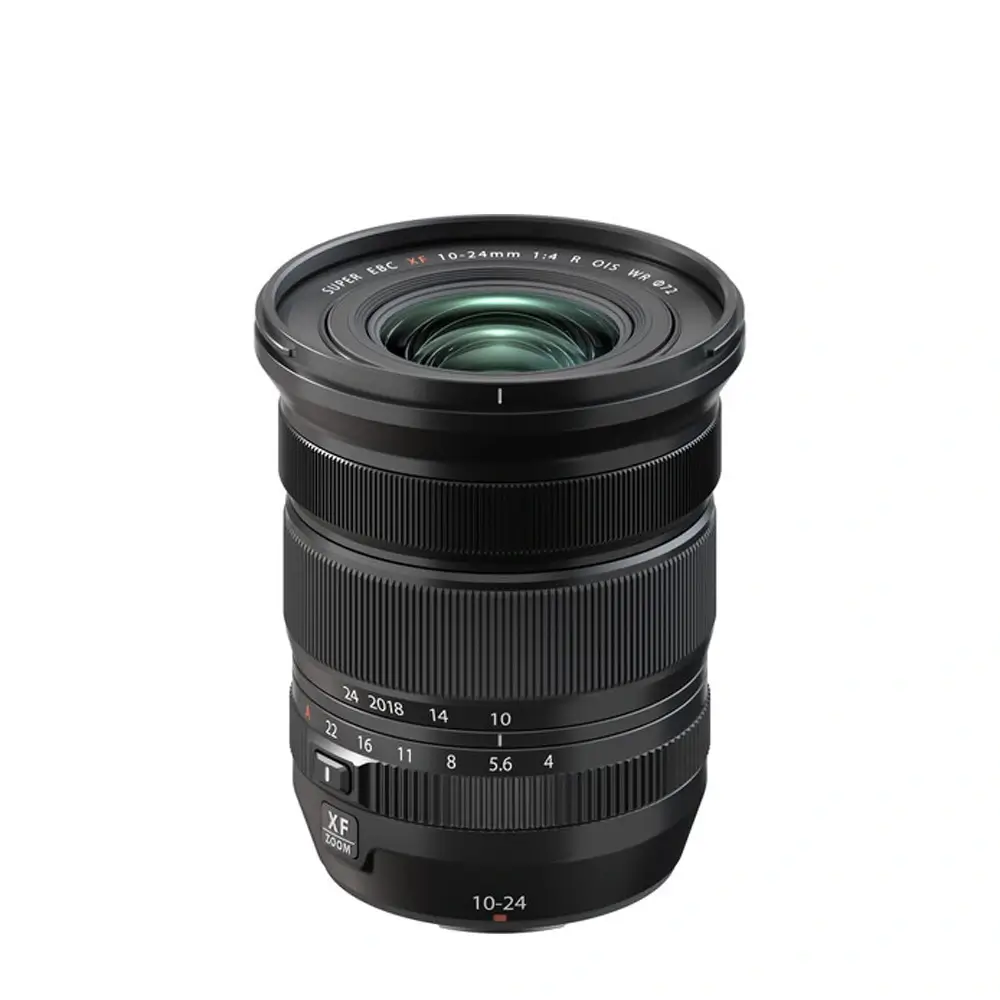
Features
- Weight: 13.6 oz
- Filter size: 72mm
- Maximum aperture: f/4
- Lens mount: FUJIFILM X
The good
- Lightweight
- Affordable
- Robust weatherproofing
- Autofocus is excellent for both stills and video
The bad
- No hard stops on the focus ring
The XF10-24mm is one of two ultra-wide-angle zoom lenses offered by Fujifilm. The XF 8-16mm f/2.8 R LM WR is also available if you want something slightly wider or with a brighter aperture, but it is twice as costly. We chose the 10-24mm for this compilation since it is sufficiently wide to cover the needs of most real estate ventures and is much more economical.
And with the XF10-24mm, chromatic aberration and distortion are minimized with four extra-low dispersion and four aspherical elements. Additionally, a Super Electron Beam Coating (EBC) and a multi-layered anti-reflection coating reduce lens flare and ghosting, making it ideal for real estate photography. This lens includes a filter thread, which makes it easier to use filters than other ultra-wide-angle lenses. Finally, at only 13.6 ounces, it’s also the lightest lens on the list, making it perfect for real estate photographers who travel or shoot landscapes.
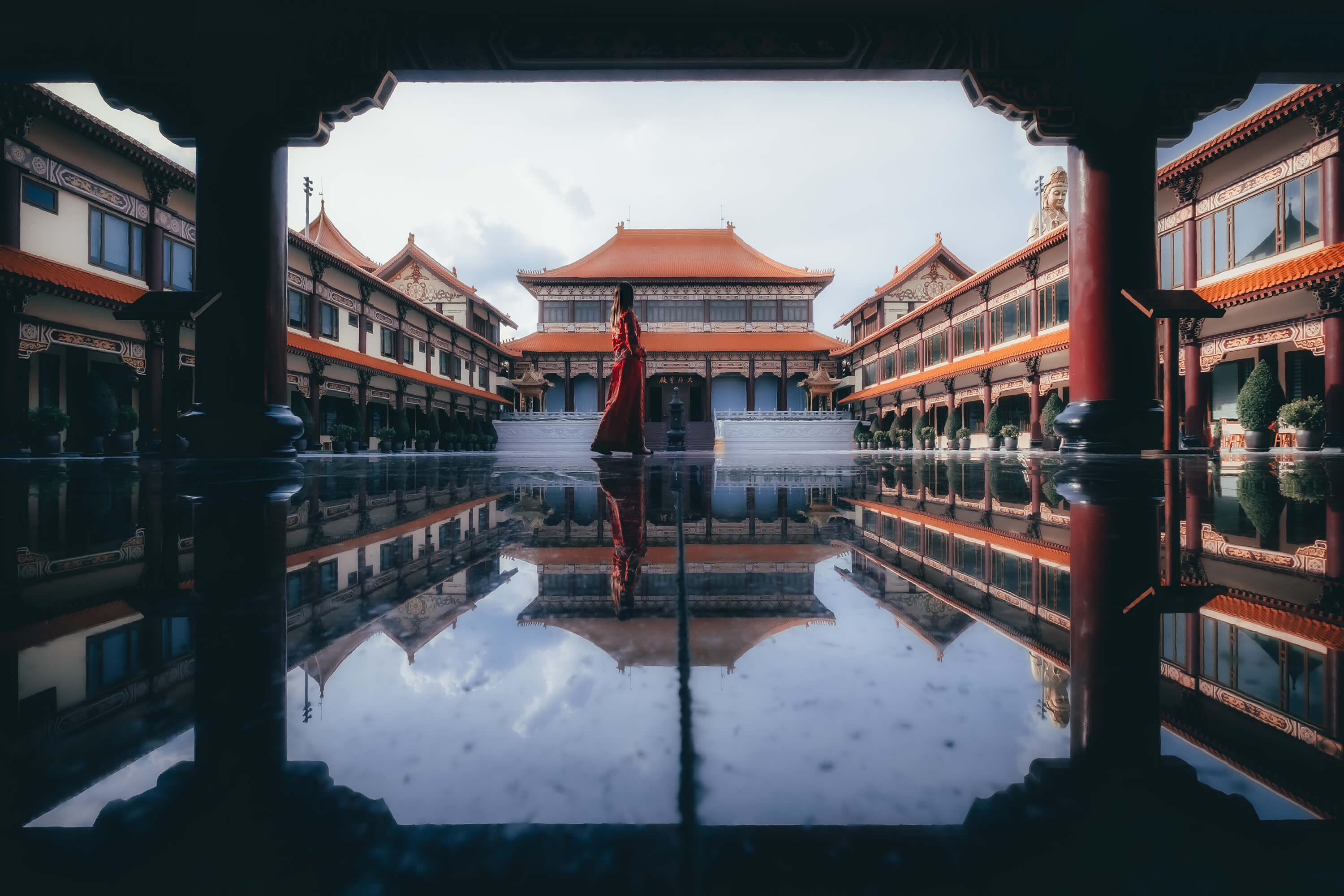
Final Words
- Prices for real estate lenses vary according to lens focal length and quality, but generally range from $500 to $3,000.
- A circular polarizer is one of the most useful filters for real estate photographers. It reduces glare and lowers highlights on shiny floors and countertops, allowing the surfaces to appear better in the photos. (Check out our photography lens filter guide here)
So there you have it, the first step towards professionalism in real estate photography is finding the right lens. You’ll see an immediate improvement in results, and you’ll know that money well spent.


